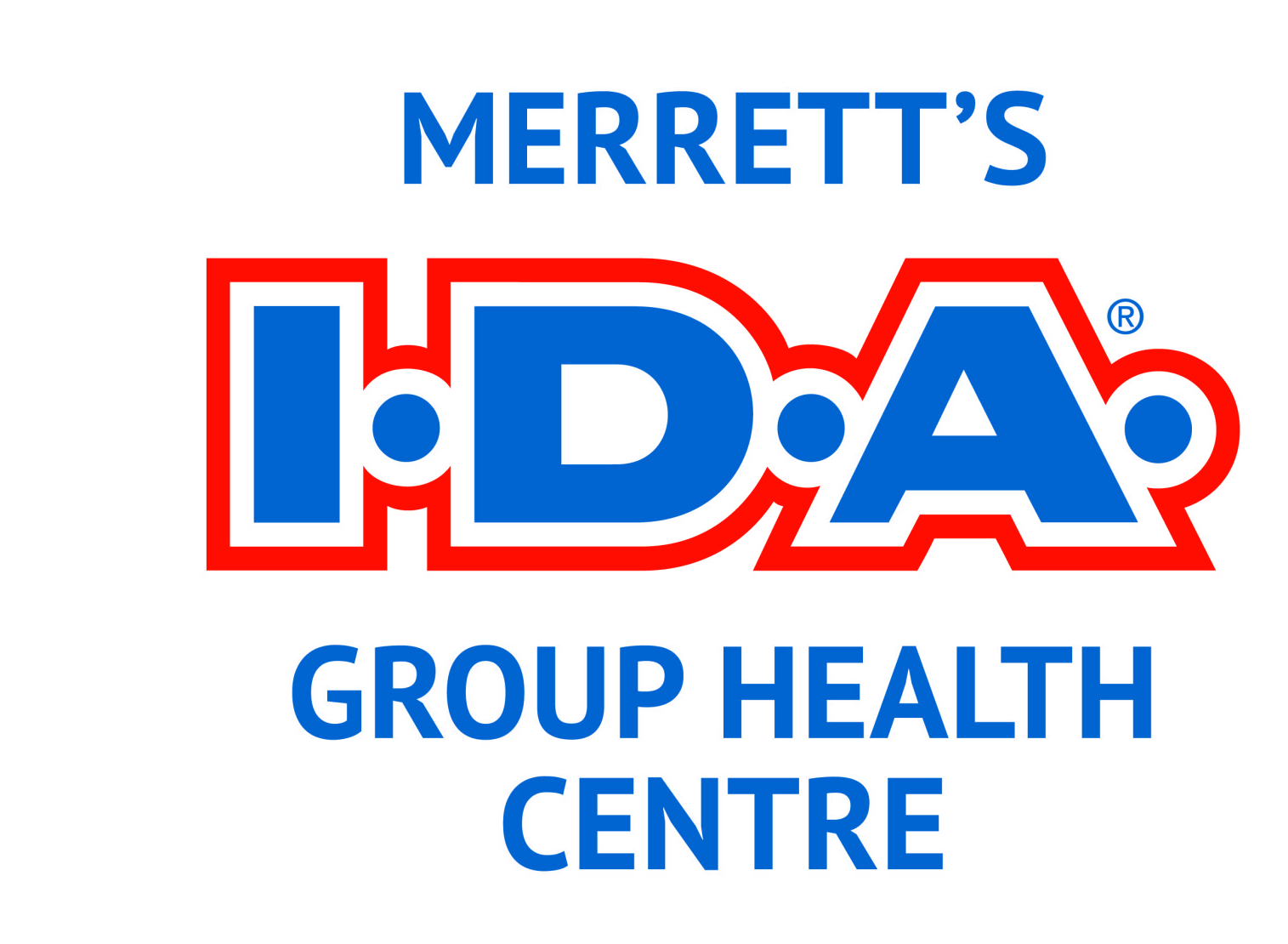ADHD
ATTENTION DEFICIT HYPERACTIVITY DISORDER (ADHD)
ADHD is a neurobehavioral disorder meaning the problem affects brain function. It can be explained as an imbalance of chemicals in the brain that control, among other things, vigilance, attention, motivation and memory. Children who have ADHD generally have problems sustaining attention (difficulty concentrating) and are hyperactive (difficulty controlling themselves). ADHD is common. It is estimated that between 5 and 12% of school-aged children have the disorder - it is somewhat more common in boys (8-10%) than in girls (3-4%).
Medical research has led to improved management and diagnosis of this disorder. A great deal of media attention and attention in general has been focused on ADHD in recent years. This has resulted in the misleading and erroneous impression that cases of ADHD are on the rise. In reality, professionals have gained a much better understanding of the disorder and resources are more readily available.
